



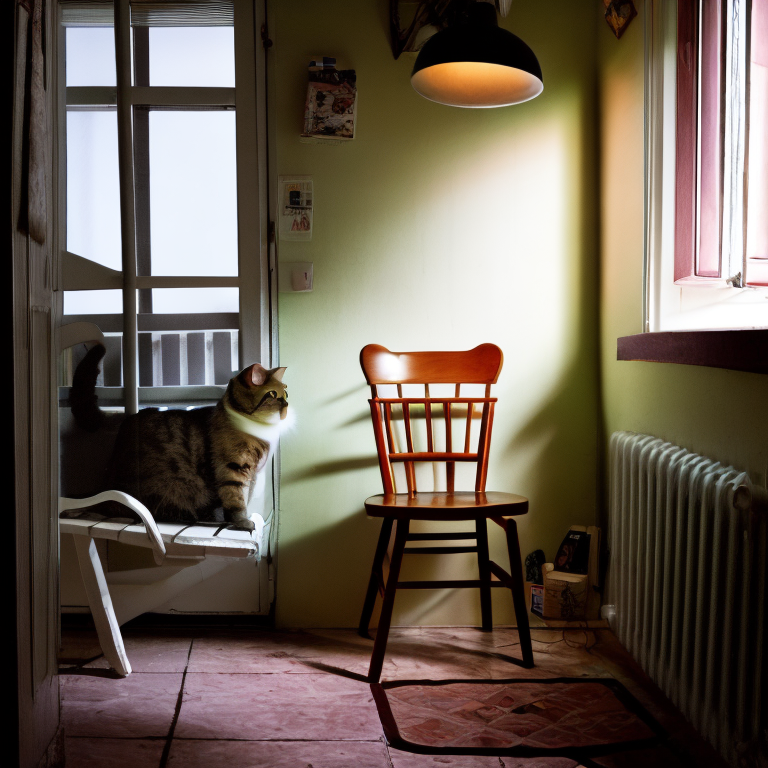
























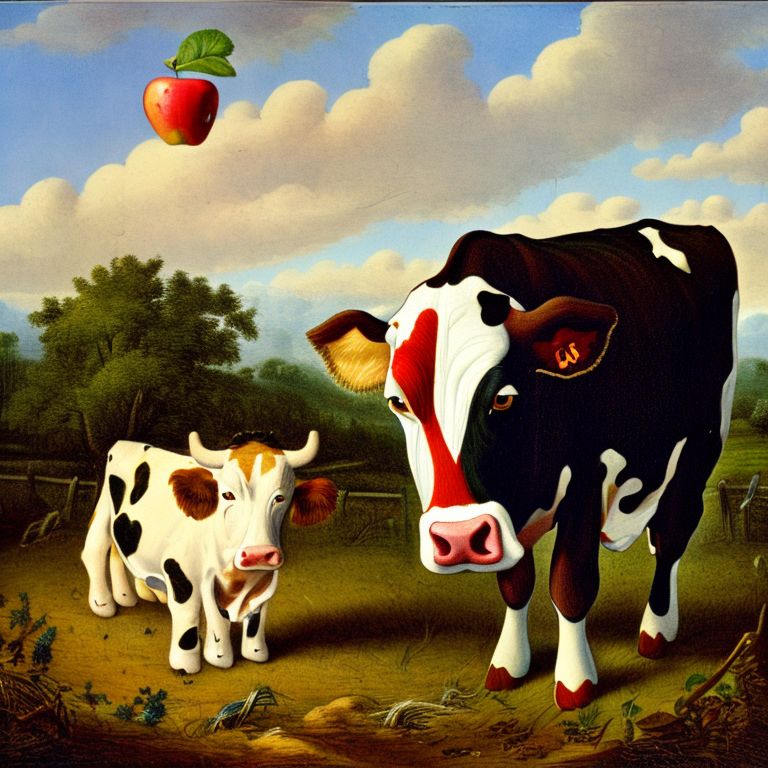
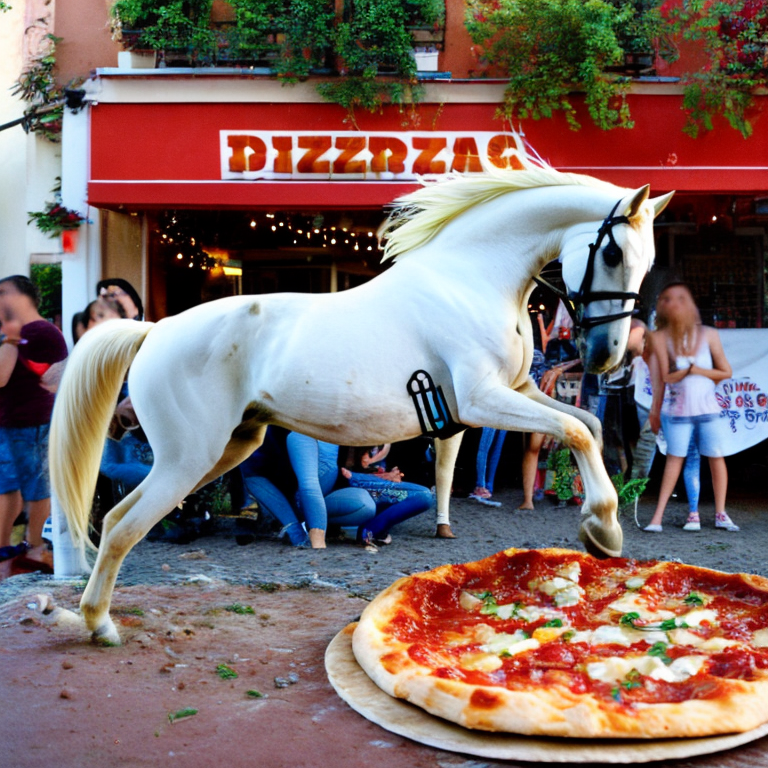
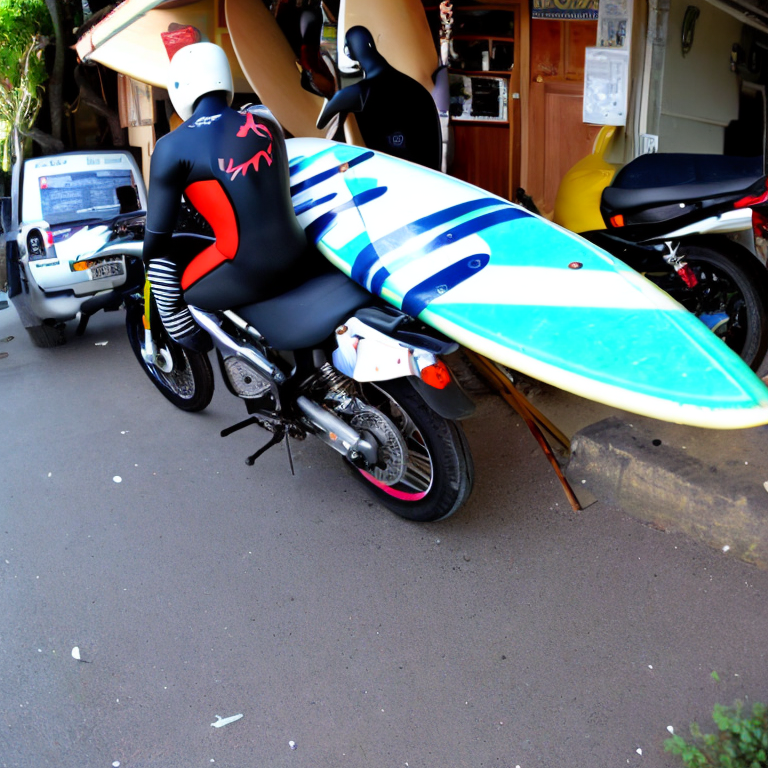
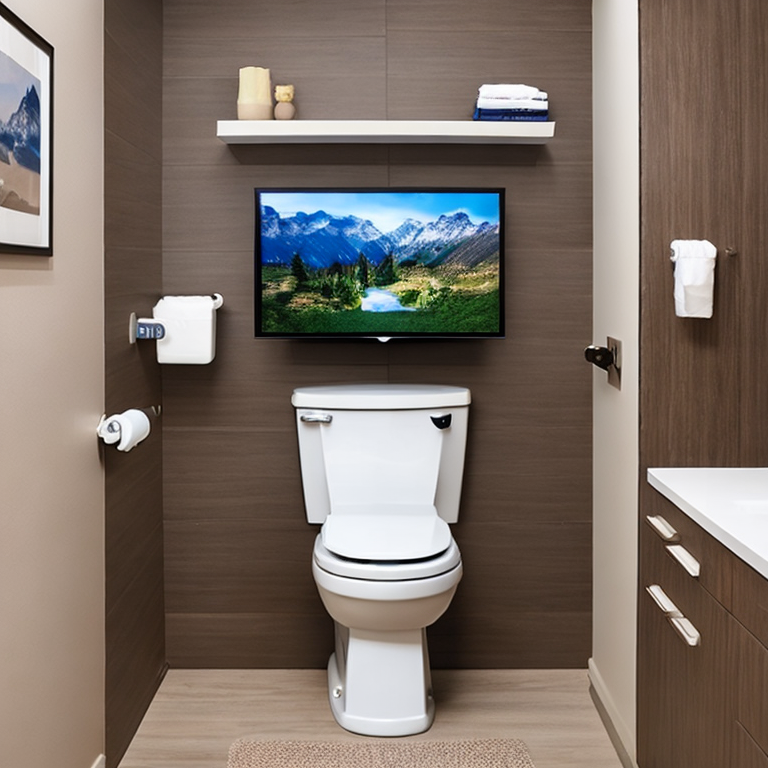

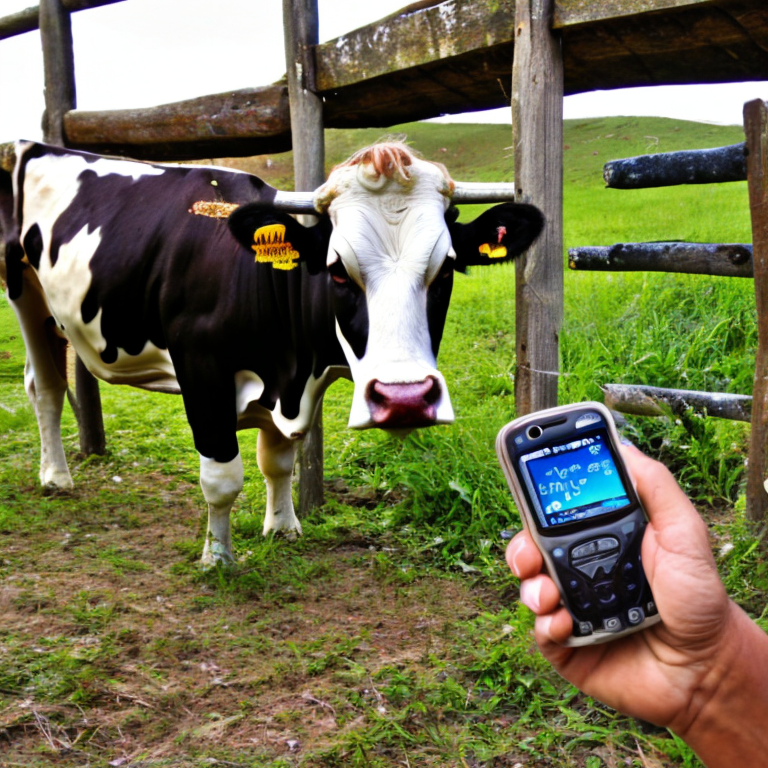
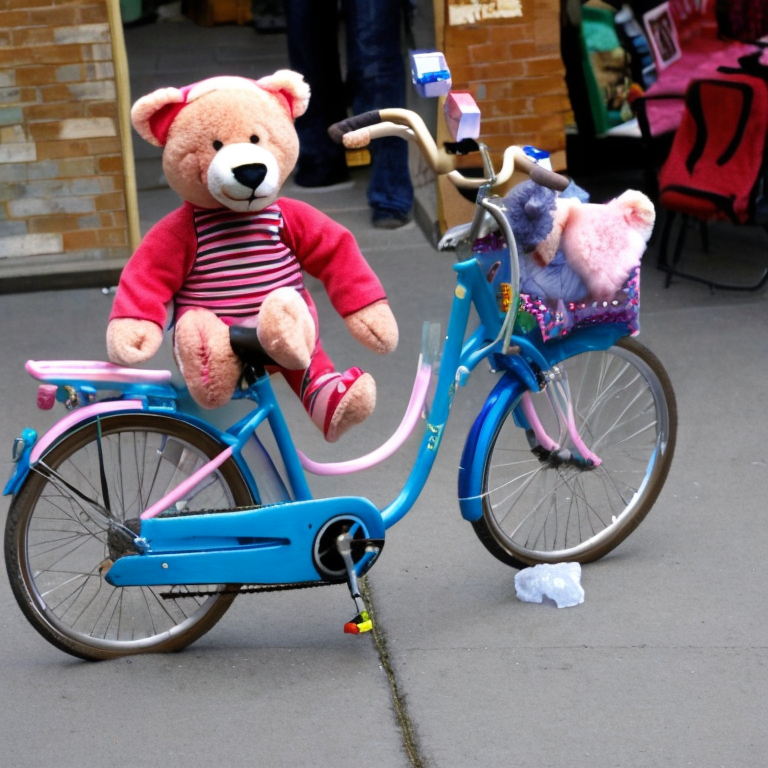

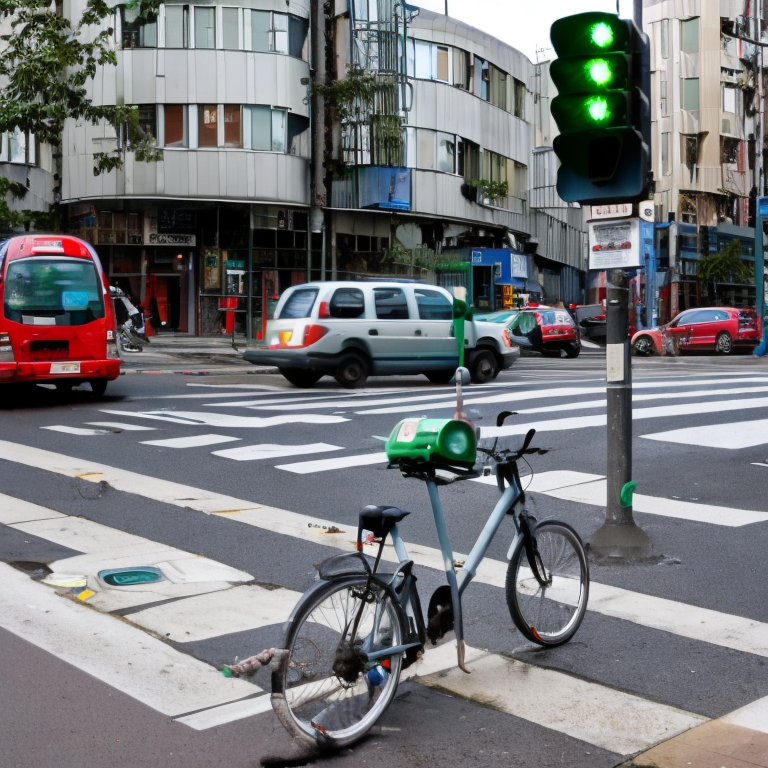




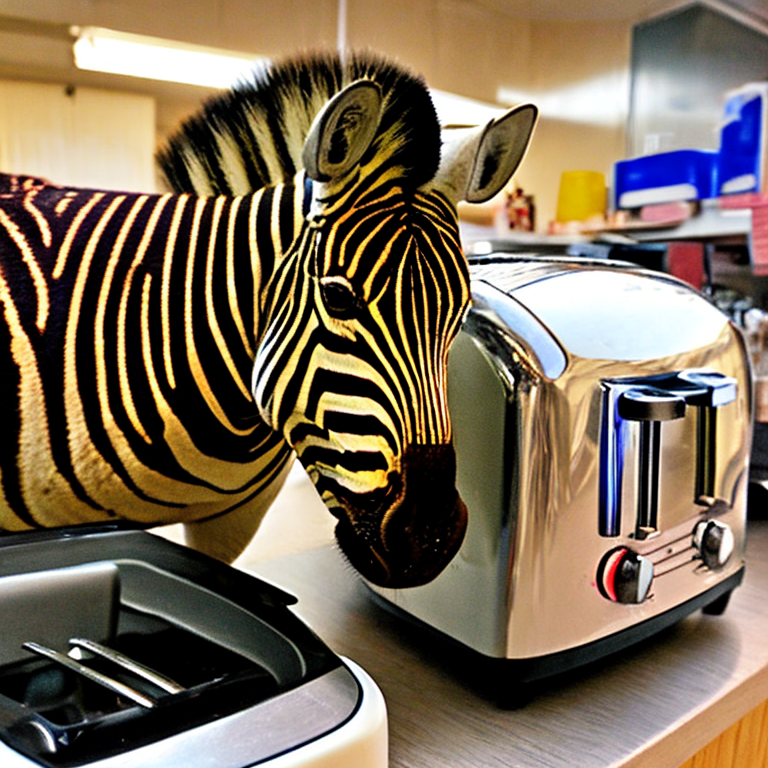


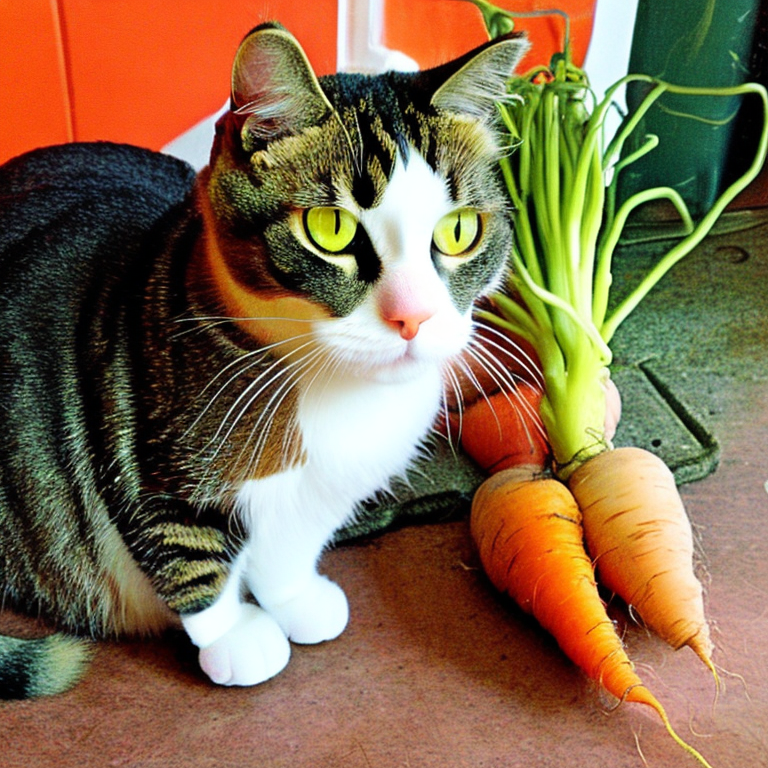


One of the key shortcomings in current text-to-image (T2I) models is their inability to consistently generate images which faithfully follow the spatial relationships specified in the text prompt. In this paper, we offer a comprehensive investigation of this limitation, while also developing datasets and methods that achieve state-of-the-art performance. (1) First, we find that current vision-language datasets do not represent spatial relationships well enough; to alleviate this bottleneck, we create SPRIGHT, the first spatially-focused, large scale dataset, by re-captioning 6 million images from 4 widely used vision datasets. Through a 3-fold evaluation and analysis pipeline, we find that SPRIGHT largely improves upon existing datasets in capturing spatial relationships. To demonstrate its efficacy, we leverage only ~0.25% of SPRIGHT and achieve a 22% improvement in generating spatially accurate images while also improving the FID and CMMD scores. (2) Secondly, we find that training on images containing a large number of objects results in substantial improvements in spatial consistency. Notably, we attain state-of-the-art on T2I-CompBench with a spatial score of 0.2133, by fine-tuning on less than 500 images. (3) Finally, through a set of controlled experiments and ablations, we document multiple findings that we believe will enhance the understanding of factors that affect spatial consistency in text-to-image models. We publicly release our dataset and model to foster further research in this area.




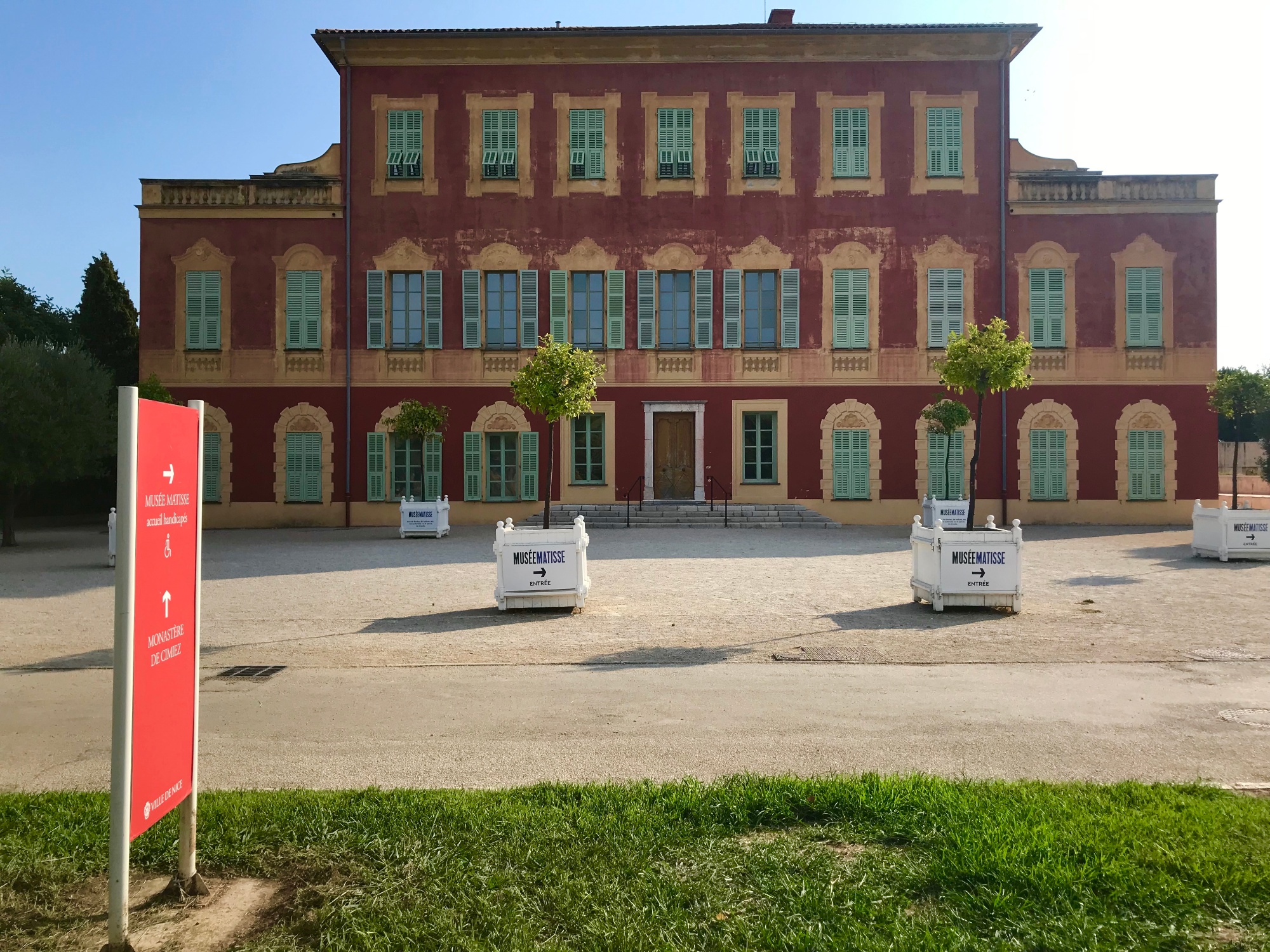

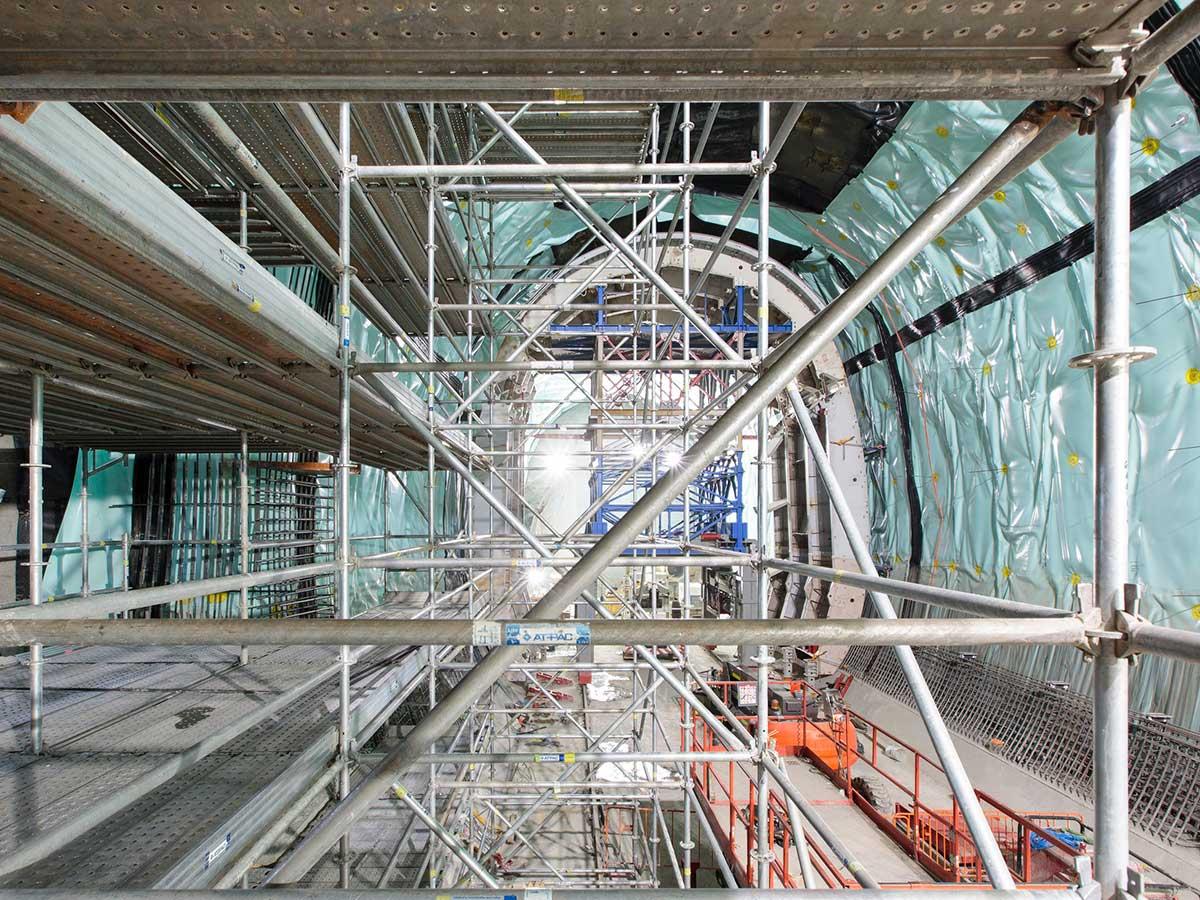


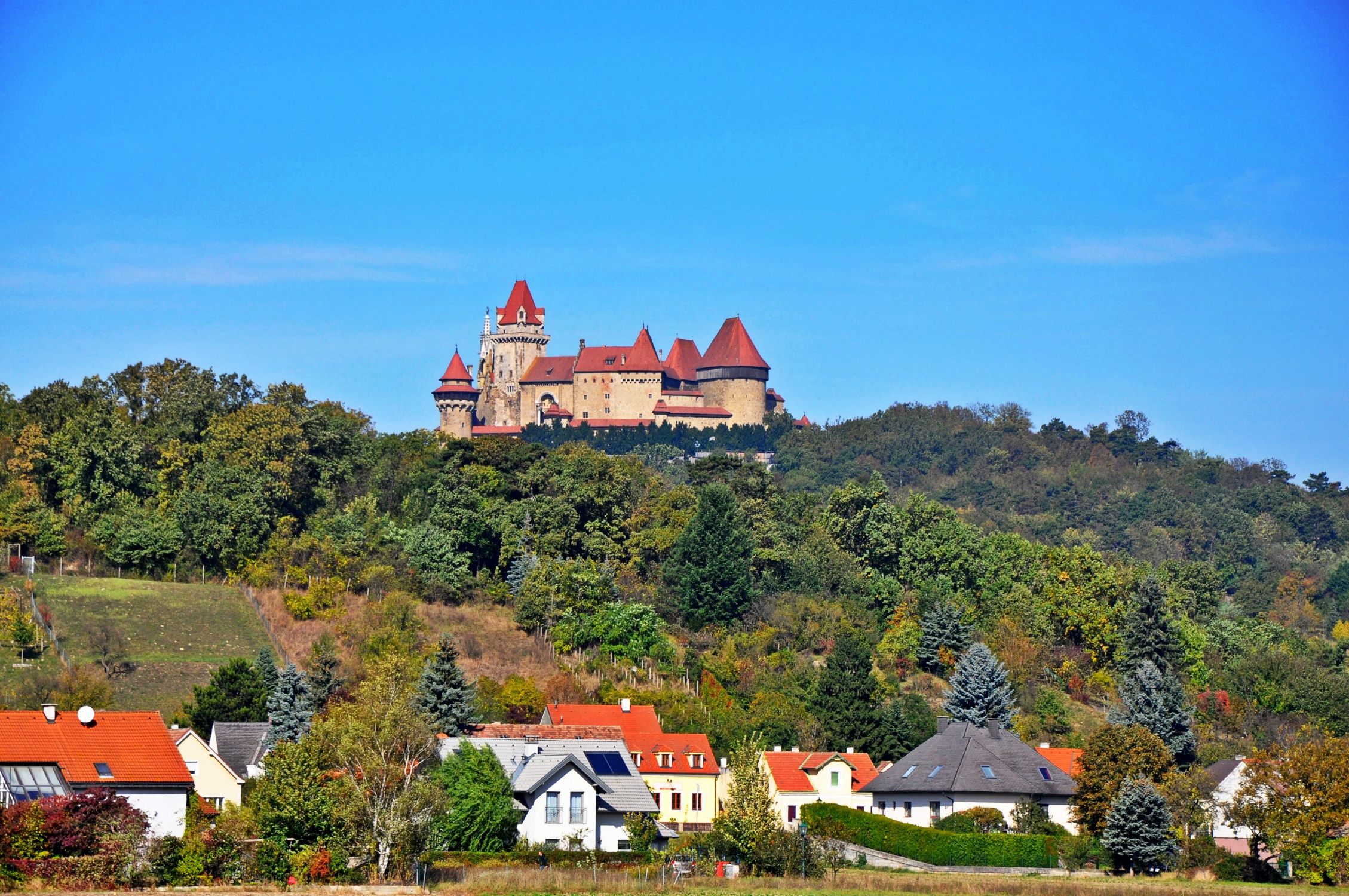

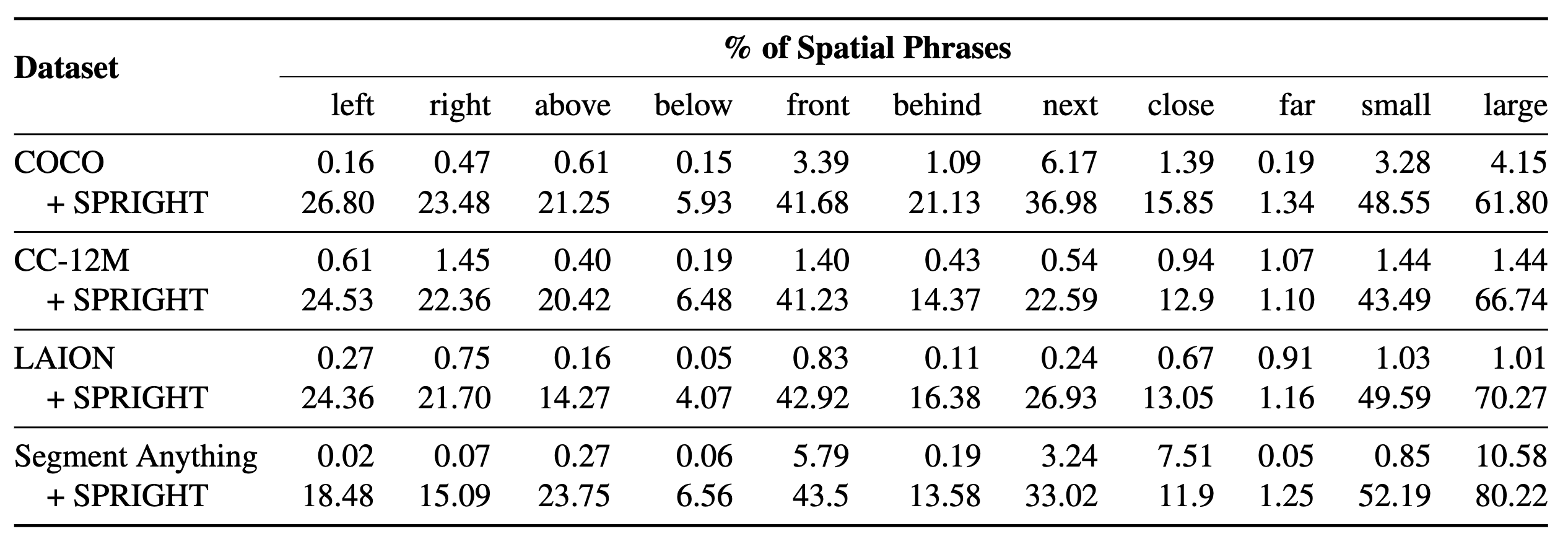

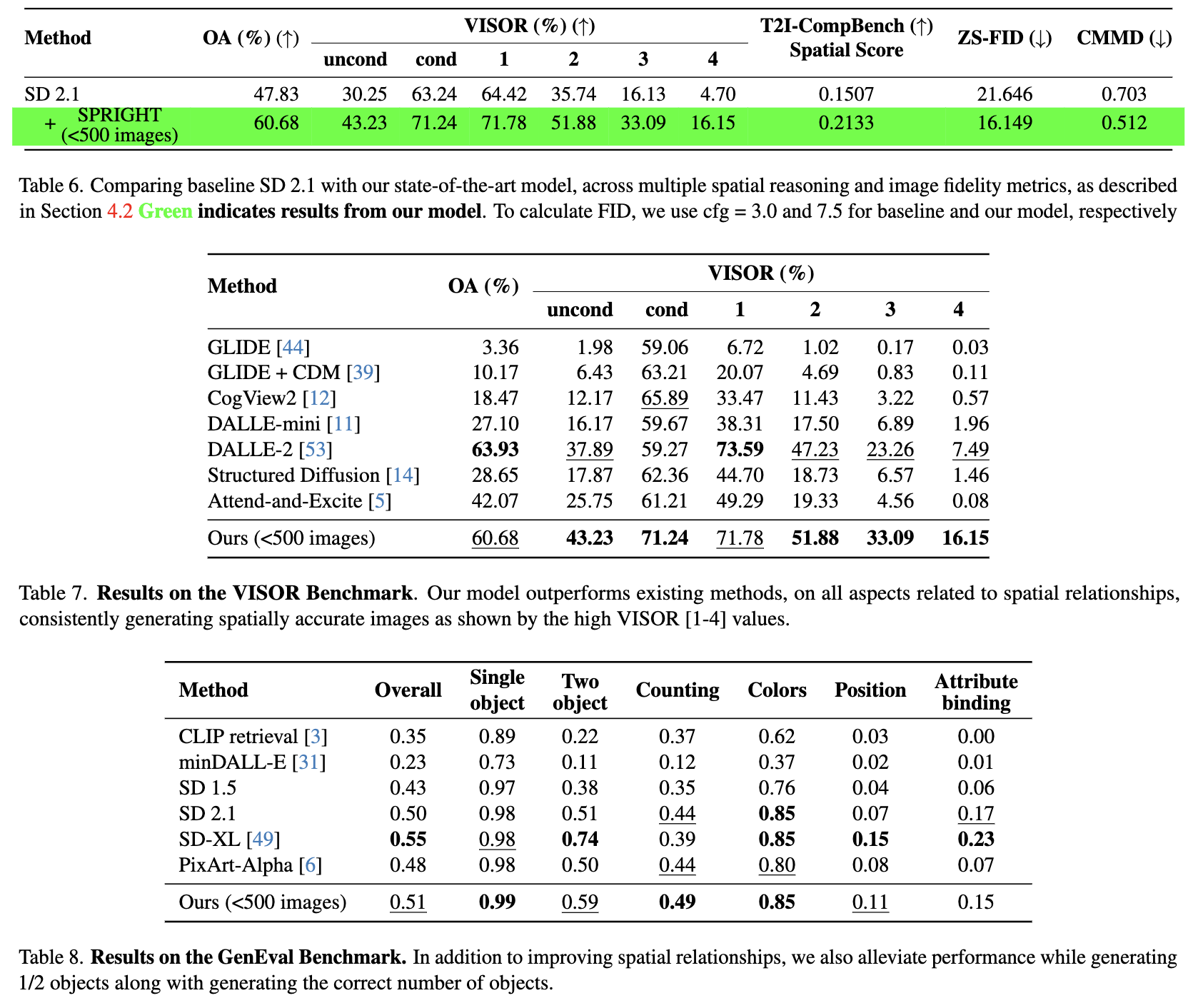
@misc{chatterjee2024getting,
title={Getting it Right: Improving Spatial Consistency in Text-to-Image Models},
author={Agneet Chatterjee and Gabriela Ben Melech Stan and Estelle Aflalo and Sayak Paul and Dhruba Ghosh and Tejas Gokhale and Ludwig Schmidt and Hannaneh Hajishirzi and Vasudev Lal and Chitta Baral and Yezhou Yang},
year={2024},
eprint={2404.01197},
archivePrefix={arXiv},
primaryClass={cs.CV}
}